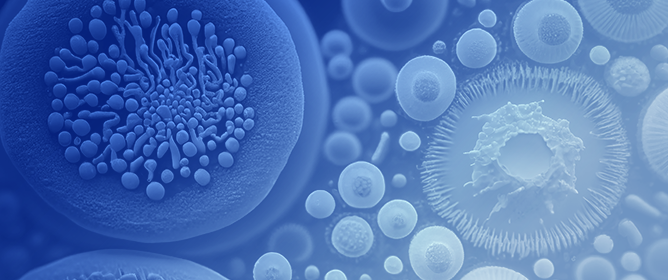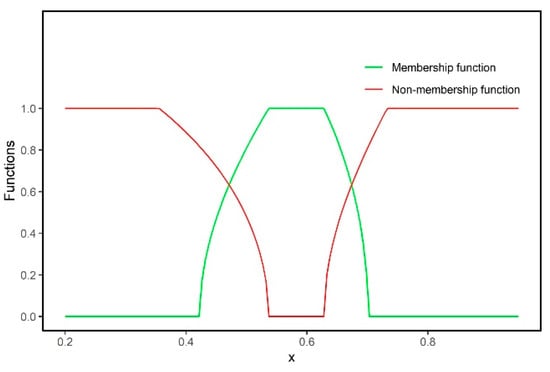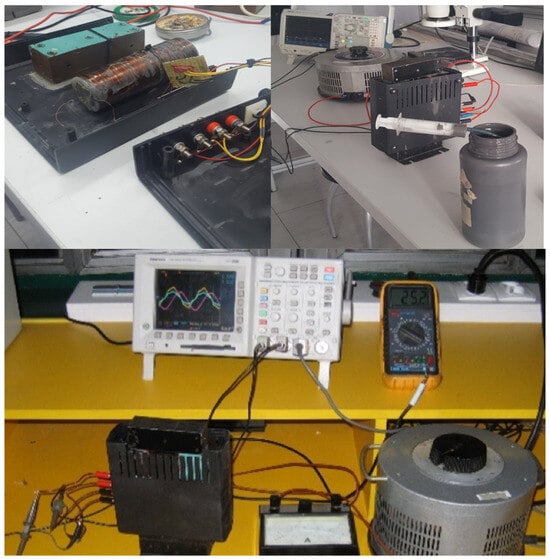Fire blight, a devastating disease caused by
Erwinia amylovora, poses a significant threat to pear and apple trees in Xinjiang province, China. In an effort to combat this pathogen, we isolated 10 bacteria from various components of apple and crabapple trees and
[...] Read more.
Fire blight, a devastating disease caused by
Erwinia amylovora, poses a significant threat to pear and apple trees in Xinjiang province, China. In an effort to combat this pathogen, we isolated 10 bacteria from various components of apple and crabapple trees and conducted screenings to assess their ability to inhibit
E. amylovora in vitro. Through biochemical tests and partial 16S
rRNA gene sequencing, we identified two promising strains,
Priestia megaterium strain
H1 and
Bacillus subtilis strain I2. These strains were then evaluated for their efficacy in biocontrol under controlled laboratory conditions, focusing on immature fruits and leaves. Remarkably, all selected antagonists exhibited the capability to reduce the severity of the disease on both fruit and leaves.
P. megaterium strain H1 and
B. subtilis strain I2 exhibited significant reductions in disease incidence on both immature fruits and leaves compared to the control. Specifically, on immature fruits, they achieved reductions of 53.39% and 44.76%, respectively, while on leaves, they demonstrated reductions of 59.55% and 55.53%, respectively. Furthermore, during the study, we detected the presence of lipopeptides, including
surfactin,
iturins,
bacillomycin D, and
fengycins, in the methanol extract obtained from these two antagonistic bacteria using thin-layer chromatography (TLC). Based on the results obtained,
B. subtilis strain I2 and
P. megaterium strain H1 exhibit considerable potential for controlling fire blight. However, further evaluation of their efficacy under natural field conditions is essential to validate their practicality as a biocontrol method.
Full article
 IJMS
IMPACT
IJMS
IMPACT Applied Sciences
IMPACT
Applied Sciences
IMPACT Sustainability
IMPACT
Sustainability
IMPACT Sensors
IMPACT
Sensors
IMPACT JCM
IMPACT
JCM
IMPACT Energies
IMPACT
Energies
IMPACT Molecules
IMPACT
Molecules
IMPACT Materials
IMPACT
Materials
IMPACT Remote Sensing
IMPACT
Remote Sensing
IMPACT Cancers
IMPACT
Cancers
IMPACT Electronics
IMPACT
Electronics
IMPACT Mathematics
IMPACT
Mathematics
IMPACT Foods
IMPACT
Foods
IMPACT Buildings
IMPACT
Buildings
IMPACT Plants
IMPACT
Plants
IMPACT Nutrients
IMPACT
Nutrients
IMPACT Animals
IMPACT
Animals
IMPACT Polymers
IMPACT
Polymers
IMPACT Water
IMPACT
Water
IMPACT Diagnostics
IMPACT
Diagnostics
IMPACT Biomedicines
IMPACT
Biomedicines
IMPACT Agronomy
IMPACT
Agronomy
IMPACT Microorganisms
IMPACT
Microorganisms
IMPACT Processes
IMPACT
Processes
IMPACT Healthcare
IMPACT
Healthcare
IMPACT Forests
IMPACT
Forests
IMPACT Cells
IMPACT
Cells
IMPACT JMSE
IMPACT
JMSE
IMPACT Medicina
IMPACT
Medicina
IMPACT Viruses
IMPACT
Viruses
IMPACT Agriculture
IMPACT
Agriculture
IMPACT Nanomaterials
IMPACT
Nanomaterials
IMPACT IJERPH
IJERPH
 Land
IMPACT
Land
IMPACT Pharmaceutics
IMPACT
Pharmaceutics
IMPACT Pharmaceuticals
IMPACT
Pharmaceuticals
IMPACT Religions
IMPACT
Religions
IMPACT Biomolecules
IMPACT
Biomolecules
IMPACT Life
IMPACT
Life
IMPACT Micromachines
IMPACT
Micromachines
IMPACT Atmosphere
IMPACT
Atmosphere
IMPACT Antioxidants
IMPACT
Antioxidants
IMPACT Genes
IMPACT
Genes
IMPACT Metals
IMPACT
Metals
IMPACT Symmetry
IMPACT
Symmetry
IMPACT Children
IMPACT
Children
IMPACT Coatings
IMPACT
Coatings
IMPACT Vaccines
IMPACT
Vaccines
IMPACT Horticulturae
IMPACT
Horticulturae
IMPACT Education Sciences
IMPACT
Education Sciences
IMPACT Minerals
IMPACT
Minerals
IMPACT Brain Sciences
IMPACT
Brain Sciences
IMPACT JPM
IMPACT
JPM
IMPACT Bioengineering
IMPACT
Bioengineering
IMPACT









